MedievalReporter.com
Covering history's most marvelous millennium
Join our newsletter!

Covering history's most marvelous millennium
Covering history's most marvelous millennium
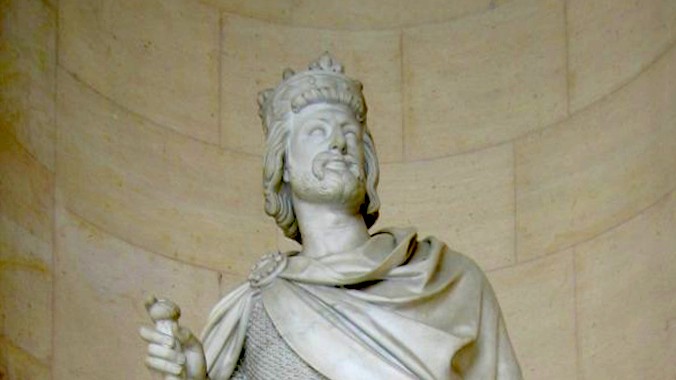
Why was Charles Martel called ‘the Hammer’? What was he known for? And why wasn’t the King involved?
Grab a short intro to the Franks from our Medieval Guidebook.
After the Romans left Gaul (roughly present-day France), the area mostly came under the control of the Franks. They were a collection of Germanic tribes originating from the Netherlands and Germany. Having taken over the Roman province of Gallia (Gaul), the area became increasingly known as Francia.
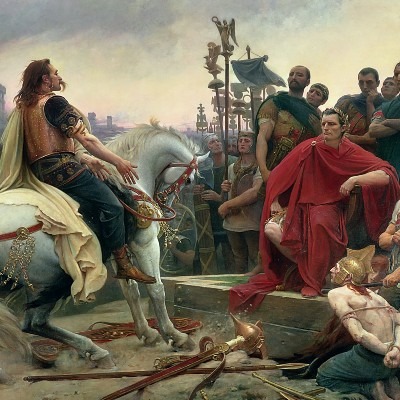
In 688 CE, a son, Charles, was born to the Frankish statesman and commander Pepin of Herstal. Pepin occupied the office of Mayor of the Palace (maior domus or majordomo). Officially, this was the household manager of the Frankish king.
While Pepin was in office, the majordomo managed way more than that: he was, in fact, ruler of the Frankish realm in all but name. He allowed the king to retain his crown. But the Frankish kingship had become a ceremonial function. True power rested with the majordomo.
On his deathbed, Pepin of Herstal named his grandson as his successor. Not content with the hand he was dealt, Pepin’s son Charles believed he had a better claim to the kingdom, even though he was an illegitimate son. In the succession struggle that followed after the majordomo’s death, Charles persevered.

Having become the new Mayor of the Palace, he proclaimed himself Duke and Prince of the Franks around 718 CE. Charles was thirty years old, in the prime of his life, and had the full strength of the Frankish kingdom at his disposal. He would soon need all of it.
– advertisement –
– article continues below –
To the south of Francia, epoch-turning events had taken place during Charles’s youth. When he was born, the Visigothic Kingdom proudly controlled all of current-day Spain and Portugal. But soon after, faced with an onslaught of jihad, Arab forces overran the kingdom in five years’ time.
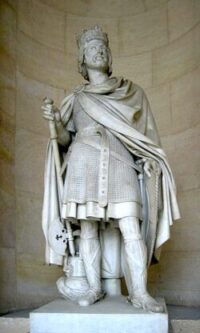
Instead of a king, an Islamic emir (roughly: ‘governor’) now ruled the Iberian Peninsula. When Charles became prince, this was Abdul Rahman al-Ghafiqi (عبد الرحمن بن عبد الله الغافقي). He gathered an army and marched north into Francia.
In less than a year, al-Ghafiqi was already near the city of Tours, over 500 km (~300 miles) north of the Pyrenees mountains – Gaul’s southern border. The jihadi forces rolled over Frankish territories with breakneck speed. Charles had to rush to Francia’s defense.
While doing so, the Frankish prince sacrificed speed for caution. He deliberately stayed off the Roman roads as to not raise any suspicion. The Frankish efforts were rewarded: to their surprise, the Muslim army found the road to Tours blocked by the gathered strength of Charles.
A significant confrontation ensued, often called the Battle of Tours or the Battle of Poitiers. The forces of emir al-Ghafiqi consisted of mostly heavy cavalry. Charles’s army, on the other hand, was predominantly composed of soldiers fighting on foot.
The Frankish prince drew them up in such tight squares – a phalanx formation – that the Arabs had trouble breaking them. Because of his careful maneuvering, Charles had also been able to pick the site of battle. He chose the higher ground, forcing the Muslim cavalry to charge uphill.
Part of the Islamic vanguard still managed to break the phalanx here and there and came close to threatening Charles’s life. He was saved by subordinates rushing to his defense. What’s more, most of the Frankish ranks stood their ground.
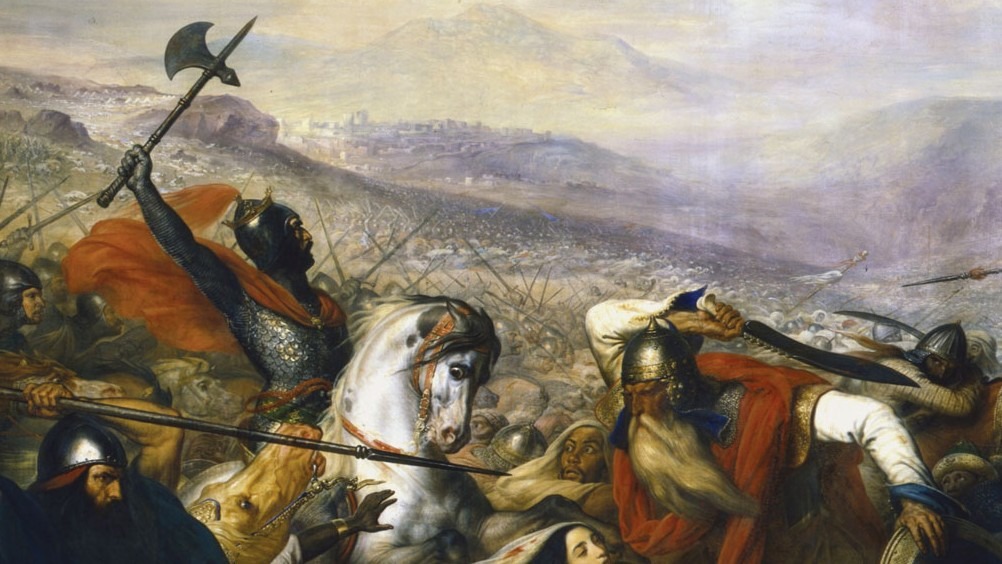
Faced with such stiff opposition, Arab morale started to dwindle. Al-Ghafiqi tried to stop a full-scale retreat, but he was summarily killed on the spot. The Frankish kingdom would stand to survive the Battle of Tours.
It’s not totally clear when Charles earned his nickname ‘Martel’, meaning ‘The Hammer’, but after this victory, it definitely became common to call him that. Having stopped the Arab onslaught, the Frankish prince was looking to dish out more hammer blows.
The mighty Islamic caliphate was not going to let one setback in Western Francia call a halt to its expansion plans. In 734 CE, two years after the Battle of Tours that went down so disastrously for the Arabs, they occupied Avignon.
Nowadays this city is part of Southern France, but in the eighth century, this was a frontier zone. This was the area where Frankish and Arab interests clashed. And Charles Martel was not all that happy with Arab efforts to add Southern Francia to the caliphate’s territories.
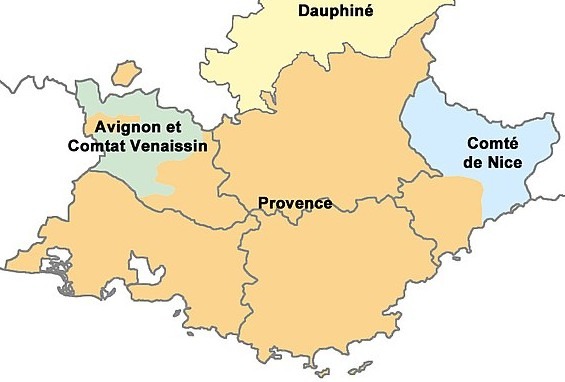
Emboldened by his victory near Tours, the Hammer marched towards Avignon. He brought some catapults to damage the city’s fortifications. In the event, they weren’t of much use.
The city was besieged in typical early medieval fashion. The Franks used rope ladders to scale the walls and employed battering rams to smash their way through the gates. They took Avignon by storm: Martel went full medieval on the city and burned it to the ground.
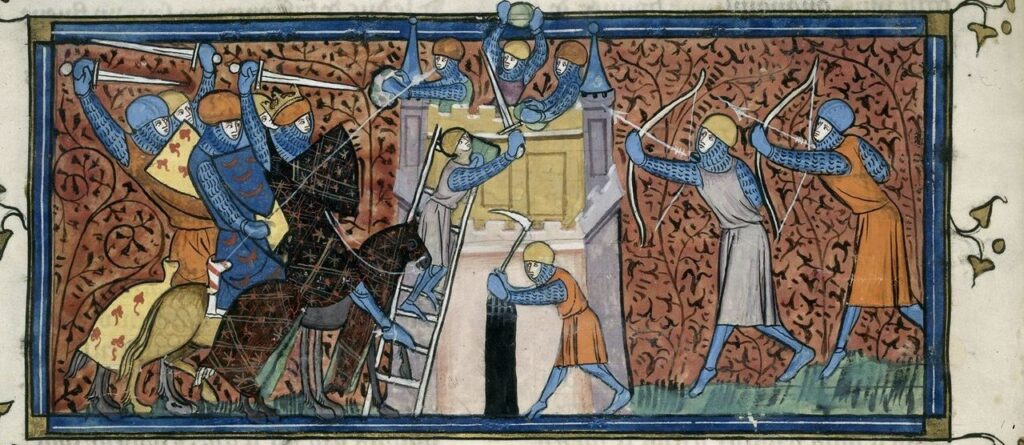
Having amassed his forces in the south, the Frankish prince judged the time was right to press onward. After Avignon, he pushed even further south, towards Narbonne. Arab armies had conquered this city roughly 15 years earlier and dubbed it Arbūnah.
Determined to beat back jihad over the Pyrenees, the Hammer laid siege to Narbonne. However, he did not possess a navy to speak of. With Narbonne’s port open and the Arabs being masters of the Western Mediterranean, the caliphate was able to ship in whatever the city needed.
Word spread in Martel’s camp that a relief force was on its way from the south. Martel broke up the siege and met this challenge head-on. Matters came to a head next to a river southwest of Narbonne.
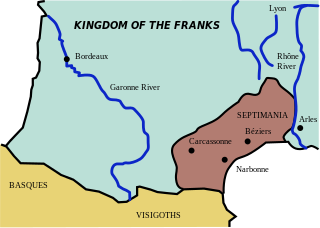
Ever the calculating tactician, Charles Martel had drawn lessons from the Battle of Tours. There, Arab heavy cavalry had proven its worth by breaking some of his phalanxes. Frankish forces copied the concept and added cavalry units to their ranks.
Making good use of his new squadrons on horseback, Charles Martel triumphed once more over the armies of jihad. Arab soldiers fled into the same waterways that had provided Narbonne’s lifeline of supplies. They were hunted down and killed regardless.
The caliphate received another hammer blow by Martel’s hands. His victory was not complete, however. He still had to deal with the issue of Narbonne.
– advertisement –
– article continues below –
However, during these years the health of the Frankish prince started to deteriorate. The Hammer was only 49 years old when he pulverized the Arab relief force south of Arbūnah. Yet, feeling his body becoming weary, he decided not to make another attempt to besiege the city.
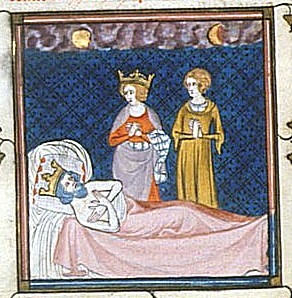
Recalling the succession struggle that had elevated him to the office of Duke and Prince of the Franks, Martel wanted to secure a smooth power transition after his death. This required time to settle matters up north.
On his way home, he left a string of destroyed settlements. The Hammer put to the torch all the great cities of Septimania, including Nîmes and Beziers. He did this to deny the Arab suitable landing spots for further seaborne expeditions.
On his deathbed, Charles Martel decided to divide the kingdom between his two sons. What could have been a disastrous act turned around for the better when one of the two withdrew into a monastery, leaving the entire Frankish kingdom to his brother Pepin the Short. It was Pepin who ultimately conquered Narbonne and, amongst other things, fathered the most famous of medieval monarchs: Charlemagne.
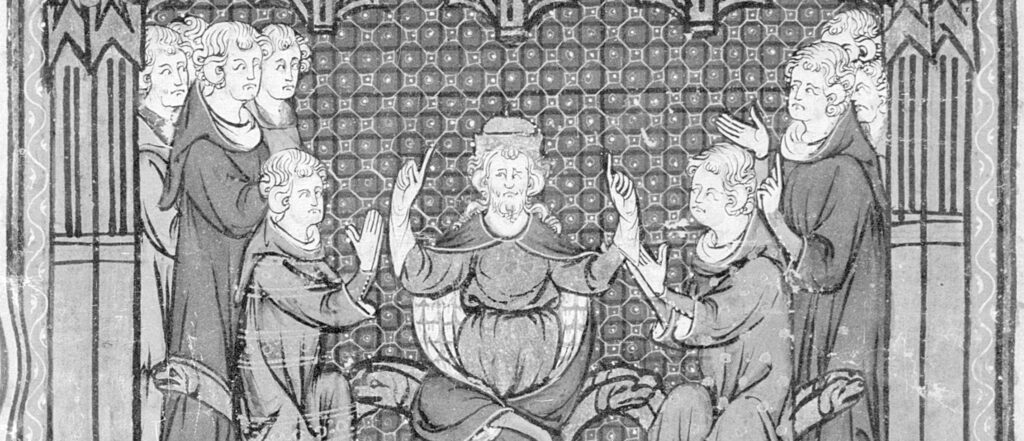
Disclosure: we work hard to provide you with exclusive medieval reports and guides. To make the Middle Ages accessible to everybody, we’d like this information to remain FREE. Therefore, some of the links below are affiliate links, meaning – at no additional cost to you – we will earn a small compensation if you click through.
Comments are closed.
Definitely, what a great blog and revealing posts, I definitely will bookmark your site. Best Regards!
Thank you for your positive commentary! Great to hear that you bookmarked us. Welcome anytime!
I’m extremely pleased to discover this website. I wanted to thank you for ones time just for this fantastic read!! I absolutely enjoyed every part of it and i also have you bookmarked to see new stuff in your site.
Thanks for your kind comment! Really glad you like it.